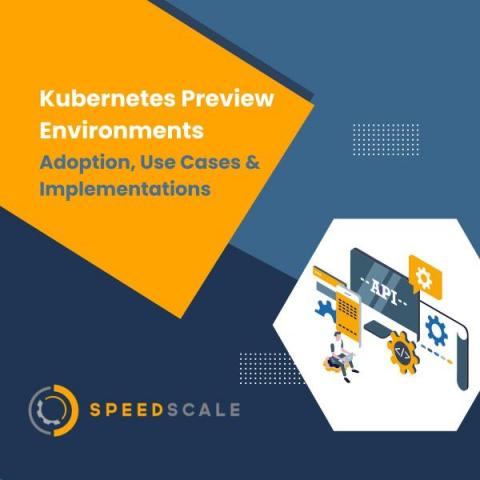Operations | Monitoring | ITSM | DevOps | Cloud
DevOps
The latest News and Information on DevOps, CI/CD, Automation and related technologies.
Overview of Folders in Azure Blob Storage
Azure Blob Storage is a fully managed, scalable, and reliable object storage service provided by Microsoft Azure. One of the key features of Azure Blob Storage is the ability to create and organize data in containers called “folders.” In this blog post, we’ll take a closer look at how folders work in Azure Blob Storage and how you can use them to organize and manage your data.
What is Azure Files and what are they used for?
Azure Files is a fully managed, cloud-based file storage service provided by Microsoft Azure that allows you to share files across multiple servers and platforms. One of the key features of Azure Files is the ability to create and organize files in folders, similar to how you would on a traditional file server. In this blog post, we’ll take a closer look at how folders work in Azure Files and how you can use them to share files with others.
Easy to manage fine-grained access control and roles
A neatly setup access control telling which user can do exactly what on an incident management platform can save a lot of time and hassle in the future. In the past, Spike.sh had only 2 roles - Admin and Member. The only difference in these roles were that only Admins can remove members. It was fairly simple and most users liked it. However, with larger teams coming onboard, it gets a little difficult to control for admins. So, we have empowered the existing system by adding two more roles.
NOAH 2022 Zurich: You Don't Need Another Server
Deploying Hanami 2.0 Ruby application on AWS
The deployment of Ruby on Rails and Rack frameworks is embedded in Cloud 66’s DNA, but we are always interested to see other Ruby frameworks becoming popular, and happy to support developers who prefer to use them instead of Rails. In this post, we’re going to show you how easy it is to deploy a Hanami Ruby application on AWS cloud with Cloud 66. The recent Hanami v2.0 release brought a lot of incremental upgrades to the framework, which made it more mature.
Kubernetes Preview Environments - Adoption, Use Cases & Implementations
GitOps The Planet (E5) | Homelabs with K8s@home
Software supply chain security: How to audit a security bill of material (SBOM)
A security bill of material (SBOM) is an inventory of the entire building components of a software application. These components include open source libraries, dependencies, commercial components, licenses, patch status, version information, upgrades available, CVEs, etc. Having an SBOM of a codebase or piece of software provides deep visibility into core components that help quickly identify and mitigate the security and licensing risks associated with the software supply chain.











